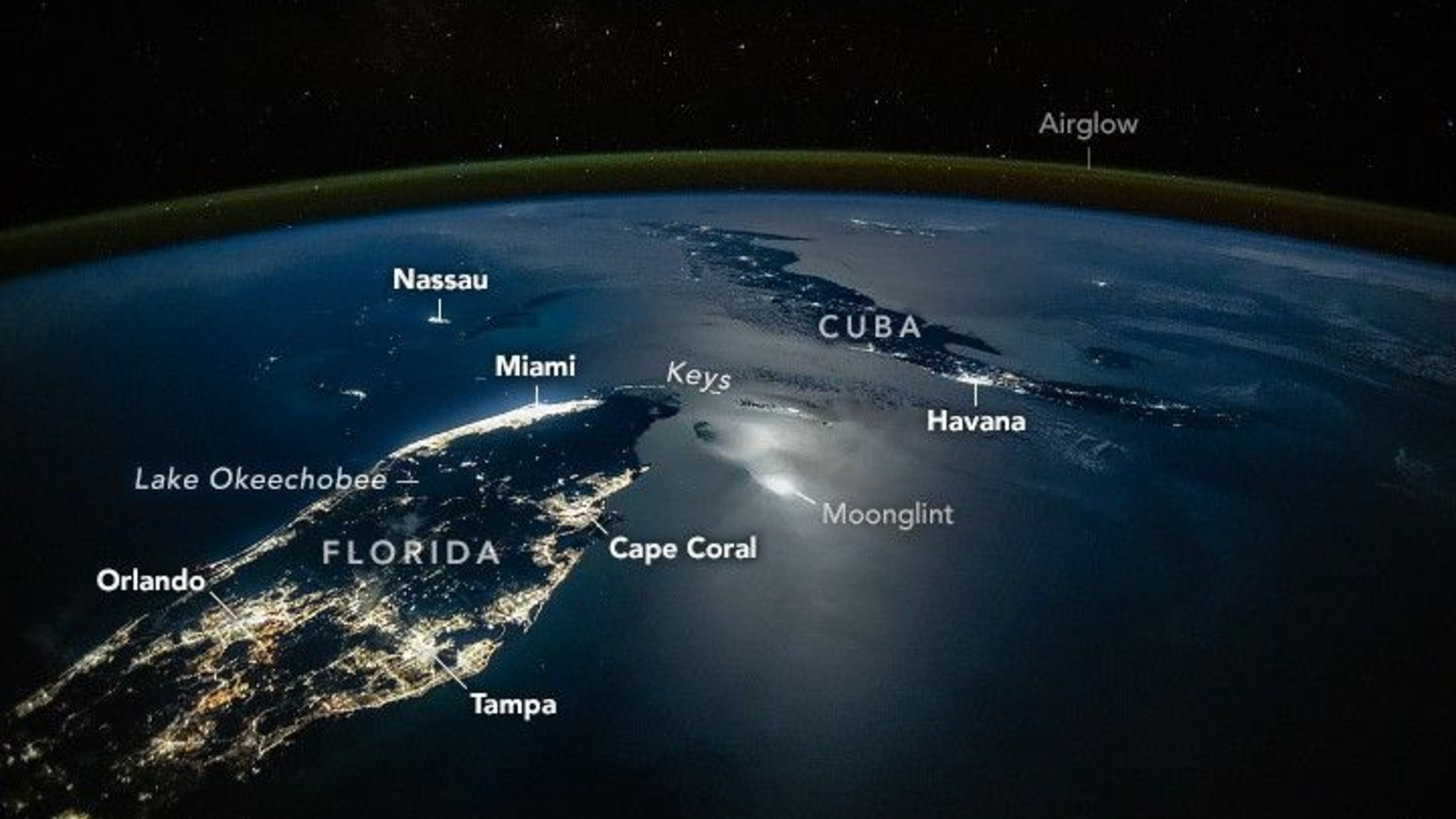Robotic Cable Inspector Needed
The RoboticCable Inspection System is a very specialized robot designed by engineers atthe University of Washington.

A successful cableinspection robot must overcome many obstacles: very narrow or tight spaces,restrictions on size and weight, wireless operation and adverse environmentalconditions. The Robotic Cable Inspection System includes failure tracking,collision avoidance, and path planning. The robot is able to carry out itsspecific tasks autonomously once the operator has given an overview of the job.
The UW cable inspectionrobot is intended to be used with terrestrial underground power cable systems.However, space enthusiasts know about another cable that will need to berigorously tested - the cable for the space elevator.(The space elevator is a visionary concept dating from the turn of the 19thcentury; an ultra-strong carbonnanotube ribbon would stretch from the Earth into space.) Science fictionwriter Arthur C. Clarke, writing in his 1978 novel TheFountains of Paradise provides a means for cable inspection - the"spider:"
The flimsyspider - a prototype test vehicle that looked like a motorized bo'sun's chair -had already made a dozen ascents to twenty kilometers, with twice the load itwould be carrying now. There had been the usual teething problems, but nothingserious; the last five runs had been completely trouble-free. (Read more about Clarke's spaceelevator spider)
Unfortunately for theprotagonist of Clarke's novel, the "sensors" that examined the spaceelevator cable were provided by the person riding in it! Visual inspection isprobably not enough for a real space elevator cable, and is certainly notenough for University of Washington engineers. The Robotic Cable InspectionSystem provides non-destructive measurement methods that are designed todetermine the fault type, extent of fault, and aging status of the cable. Thecable robot uses temperature, acoustic and electric field sensors in checkingcables.
As far as the spaceelevator is concerned, work has already begun on a cable-climbing robot. TheLiftport group has been testing their spaceelevator robotic lifter in the lab and in real world tests using a balloon-bornecable; other groups have participated in the Space ElevatorGames. Effective inspection of the carbon nanotube space elevator cable isessential; see SpaceElevator Downer for details on just how perfect the cable would need to be.
Read more about the RoboticCable Inspection System at UW's Sensor, Energy and Automation Lab.
Breaking space news, the latest updates on rocket launches, skywatching events and more!
(This Science Fiction inthe News story used with permission from Technovelgy.com - where science meetsfiction.)
Bill Christensen is the founder and editor of Technovelgy, a website dedicated to cataloguing the inventions, technology and ideas of science fiction writers. Bill is a dedicated reader of science fiction with a passion about science and the history of ideas. For 10 years, he worked as writer creating technical documentation for large companies such as Ford, Unisys and Northern Telecom and currently works to found and maintain large websites. You can see Bill's latest project on Twitter.
